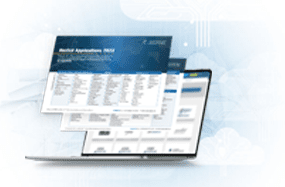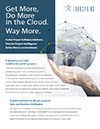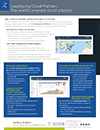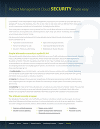
Quality Audit: The Key to Successful Software Adoption

By Jake Campbell, Sr. Solutions Engineer at LoadSpring Solutions, Inc.™
An organization’s decision to implement a new mission critical software solution is usually years in the planning. Replacing or adding a new solution requires the organization to dedicate quite a few resources (time, budget dollars, and people) into this endeavor. There is a great deal of planning and preparation that is done before a new solution is unleashed to an organization. Tasks such as system requirements, vendor selection, user acceptance testing, training, and documentation is a small subset of a very complex implementation project. There are many aspects of this type of project that need to happen successfully for the project to get the highest return on investment. The most critical is what happens after the system goes live: the auditing of the information.
A common mistake that can occur after a new software system is implemented is to think all of the organization’s problems are solved now. With so much time and effort spent on getting everyone trained on the software and testing it, everything should be perfect. Right? Not usually. What a new software system will start to expose after going live, is gaps in the process and procedures of the organization. These gaps could be issues with designed workflow, file naming conventions, approval processes, and accounting integration errors. The first three months of the project are the most critical for defining these gaps and creating confidence in the solution to the users. Each week after “go live,” it is important to review the information being delivered into the solution in order to see if the users understand the application requirements. This gives time to adjust any configuration that may not be working as designed in a real world environment.
A few of the areas that should be looked at are:
- User log on activity – Looking at what users are logging into the solution and how long they are logged in can show the level of confidence and understanding of their roles. If the expected user load is not what was first envisioned, a few questions should be asked. Did the training meet the objectives? Are the users having hesitation in performing their daily duties in the solution? Did connectivity issues arise after testing?
- Report Comparisons – Run as many reports from the system daily in order to gauge the integrity of the data. This is a critical step in order to review the depth of understanding the user has of their role in the solution. This step will also elevate any processes that may not be working as expected if many users are doing the same thing wrong. The faster these types of issues are revealed and fixed, the faster there will be trust in the new solution.
- Implement a user survey – Sending a survey out once a month during the initial go live time frame can assist in the user adoption. Let the users be honest with their views of the new solution and try and gain insight as to what they are experiencing when trying to meet their deadlines. This will quickly expose the pulse of the user community and give you time to address any nagging concerns. Confidence and trust in the new solution is paramount to a successful adoption.
The word “audit” is sometimes seen as negative since it means that someone will be rummaging through the files and process of an organization. But when used as a way to measure the integrity of data going into a software solution, it must be done in order to get the most out of the investment. Taking the time to do this at regular intervals will assure that the current processes and procedures work and that the users are able to do their jobs in an efficient manner.











